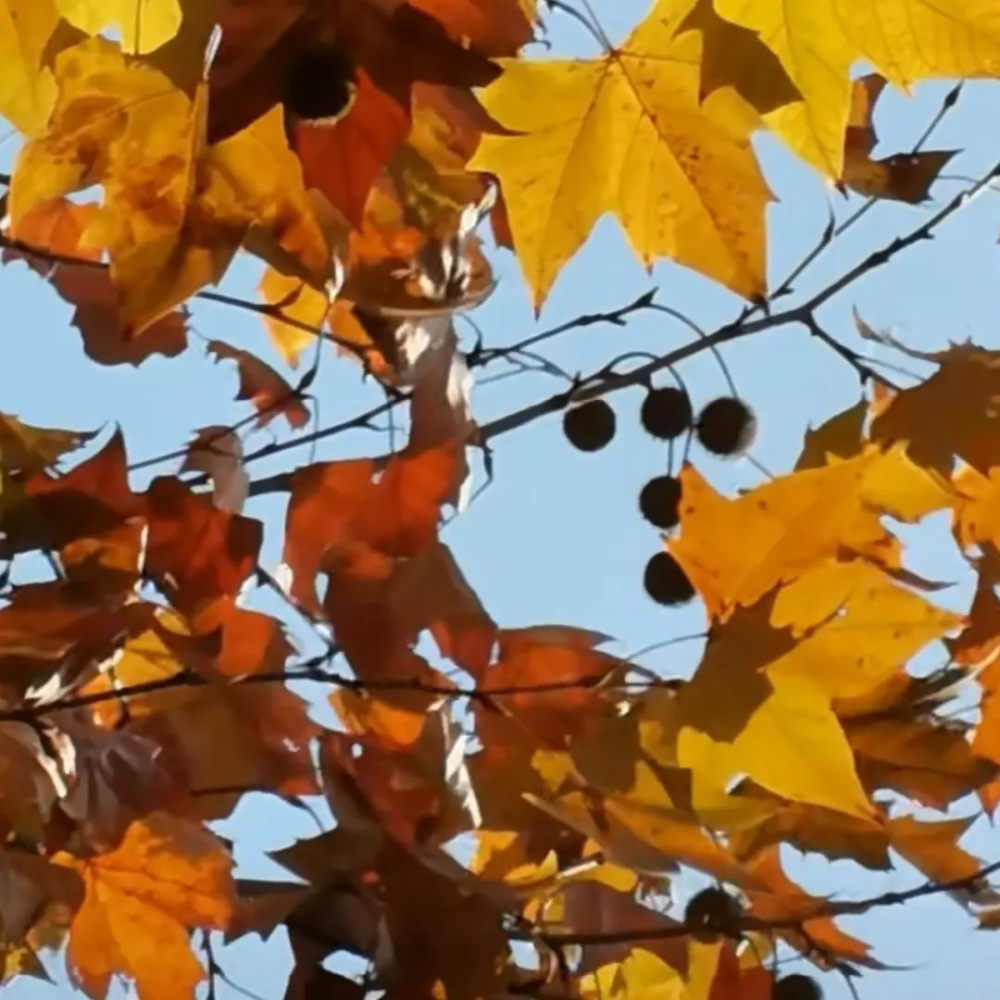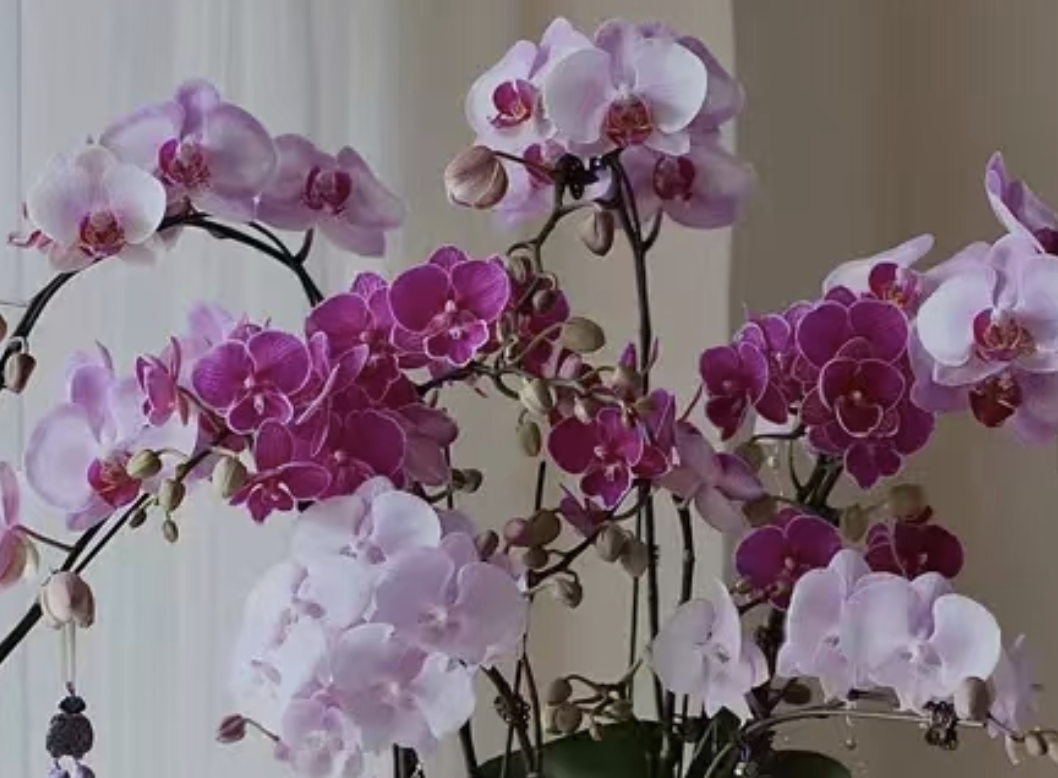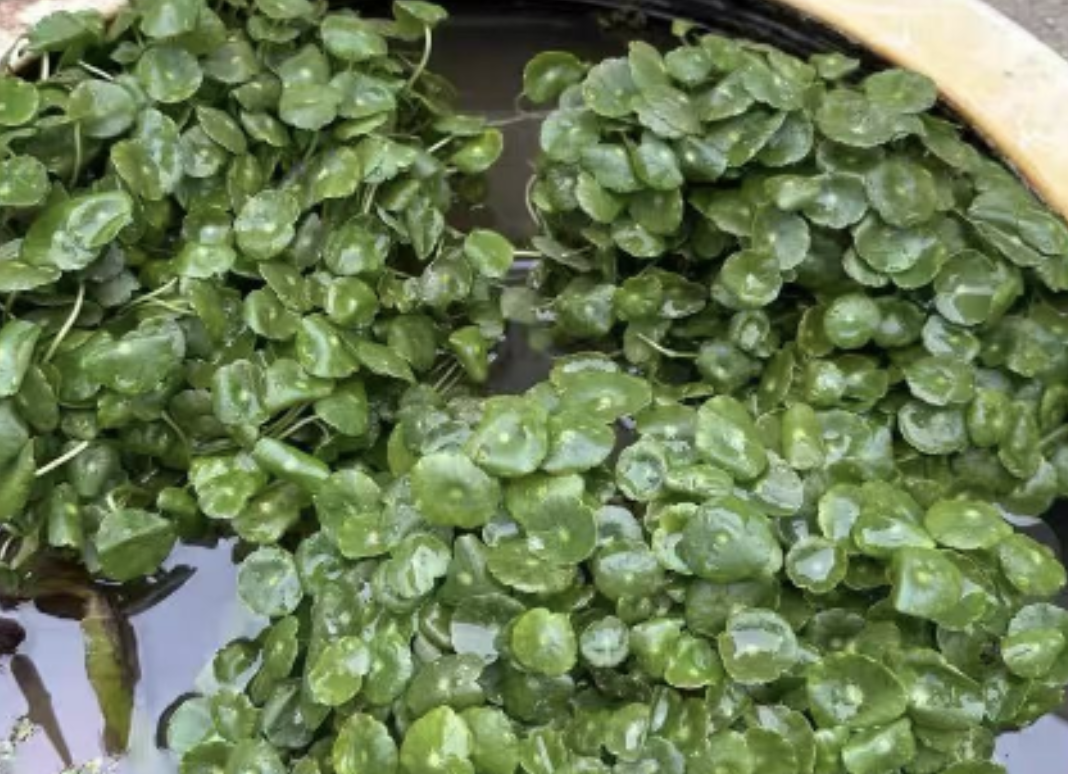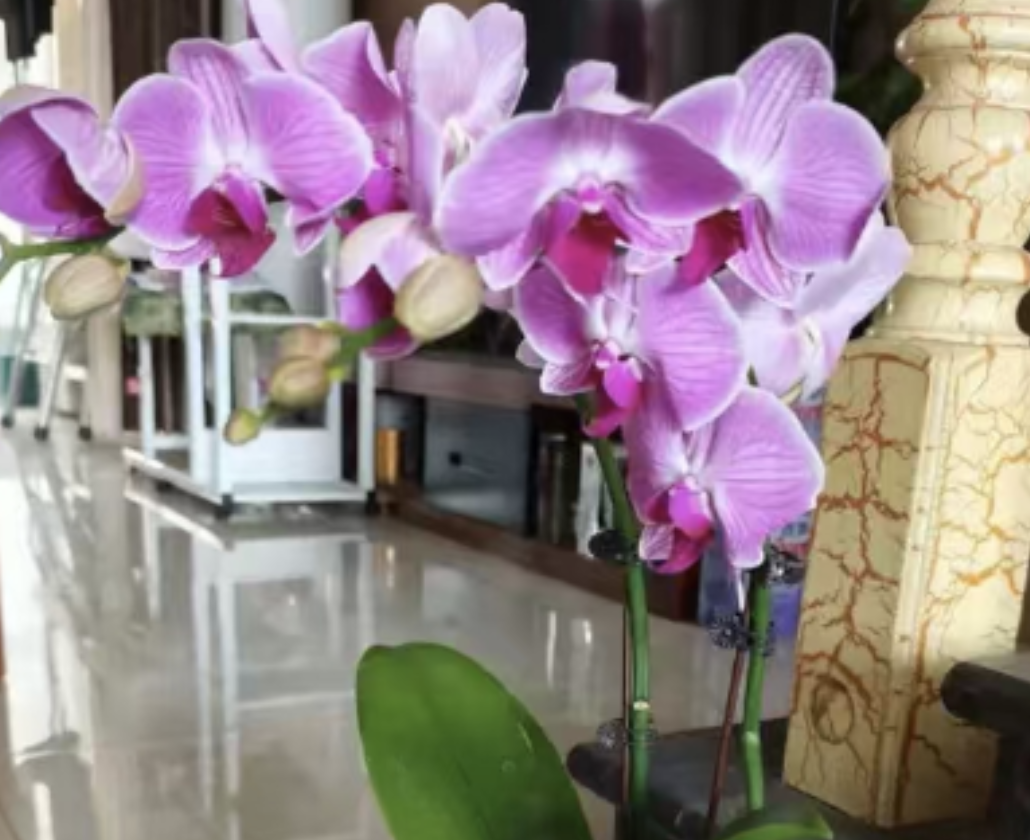The Chinese parasol tree is a common and highly distinctive tree species.
The trunk of the Chinese parasol tree is tall and straight, usually growing to 15 - 20 meters. Its bark is cyan - green and smooth. The leaves are broadly ovate, with 3 - 5 palm - shaped lobes, and the edges have wavy teeth. In summer and autumn, small yellow - green conical - shaped flowers bloom, and after flowering, spherical wrinkled fruits with a diameter of about 7 - 11 millimeters are formed.
In culture, the Chinese parasol tree has rich connotations. From the perspective of love, the wu (male) and tong (female) symbolize the unwavering loyalty of husband and wife. It also represents noble and pure qualities. It is tall and straight, not competing with other trees for beauty, showing the state of a gentleman standing aloof from the world. At the same time, it is a symbol of auspiciousness. It is related to the phoenix, carrying the meaning of good fortune and is regarded as a divine tree that can bring good luck.
The Chinese parasol tree and the maple tree have obvious differences in many aspects. In terms of appearance, the bark of the Chinese parasol tree is cyan - green and smooth, while the bark of the maple tree is gray - brown and rough. The palm - shaped lobed leaves of the Chinese parasol tree are fewer and broader, while those of the maple tree are more and finer, and some varieties can have 7 - 9 lobes. In autumn, the leaves of the Chinese parasol tree turn yellow and are of a single color, while the leaves of the maple tree are colorful. In terms of growth habits, the Chinese parasol tree prefers a warm and humid climate and has weak cold tolerance. It grows well in fertile, moist, deep, and well - drained soil. There are many types of maple trees, and different types of maple trees have different adaptabilities to the environment. Generally speaking, maple trees have relatively strong tolerance to cold climates and can grow in acidic, neutral, and calcareous soils.
For the maintenance of the Chinese parasol tree, the following points need to be noted. First, in terms of light, the Chinese parasol tree loves light and should be planted in a sunny place to ensure sufficient daily sunshine duration, which can enable the leaves to conduct photosynthesis better and promote the growth of the plant. In terms of watering, keep the soil moist but not waterlogged. During the growing season, appropriately increase the watering frequency according to the weather and the dry - wet condition of the soil. In summer when the temperature is high, water evaporates quickly, so pay attention to timely water replenishment. In winter, watering can be appropriately reduced. In terms of fertilization, sufficient base fertilizer should be applied during planting, mainly organic fertilizer. During the growth period, a thin liquid fertilizer can be applied every once in a while, mainly nitrogen fertilizer, to promote the growth of branches and leaves. Pruning is also crucial. Regularly prune dead branches, diseased branches, and over - dense branches to maintain the ventilation and light transmission of the crown, which is beneficial to the healthy growth of the Chinese parasol tree. At the same time, pay attention to pest and disease prevention and control. Common pests and diseases include the Chinese parasol tree psyllid, the hawkmoth in frosty days, etc. Timely detection and corresponding prevention and control measures, such as spraying pesticides, should be taken to ensure the healthy growth of the Chinese parasol tree.
What does a plane tree look like?

Share with
Tagged in :




Leave a Reply